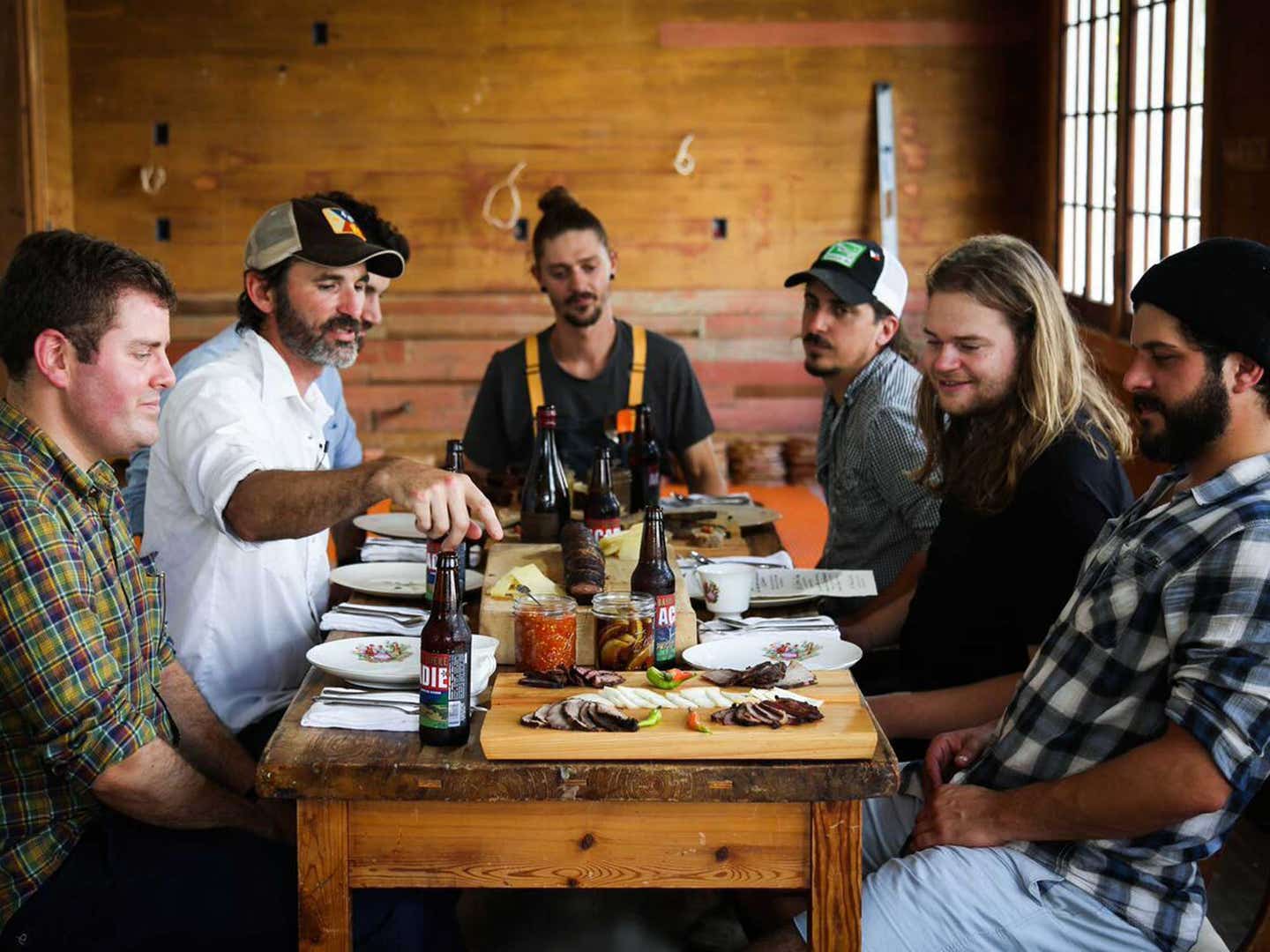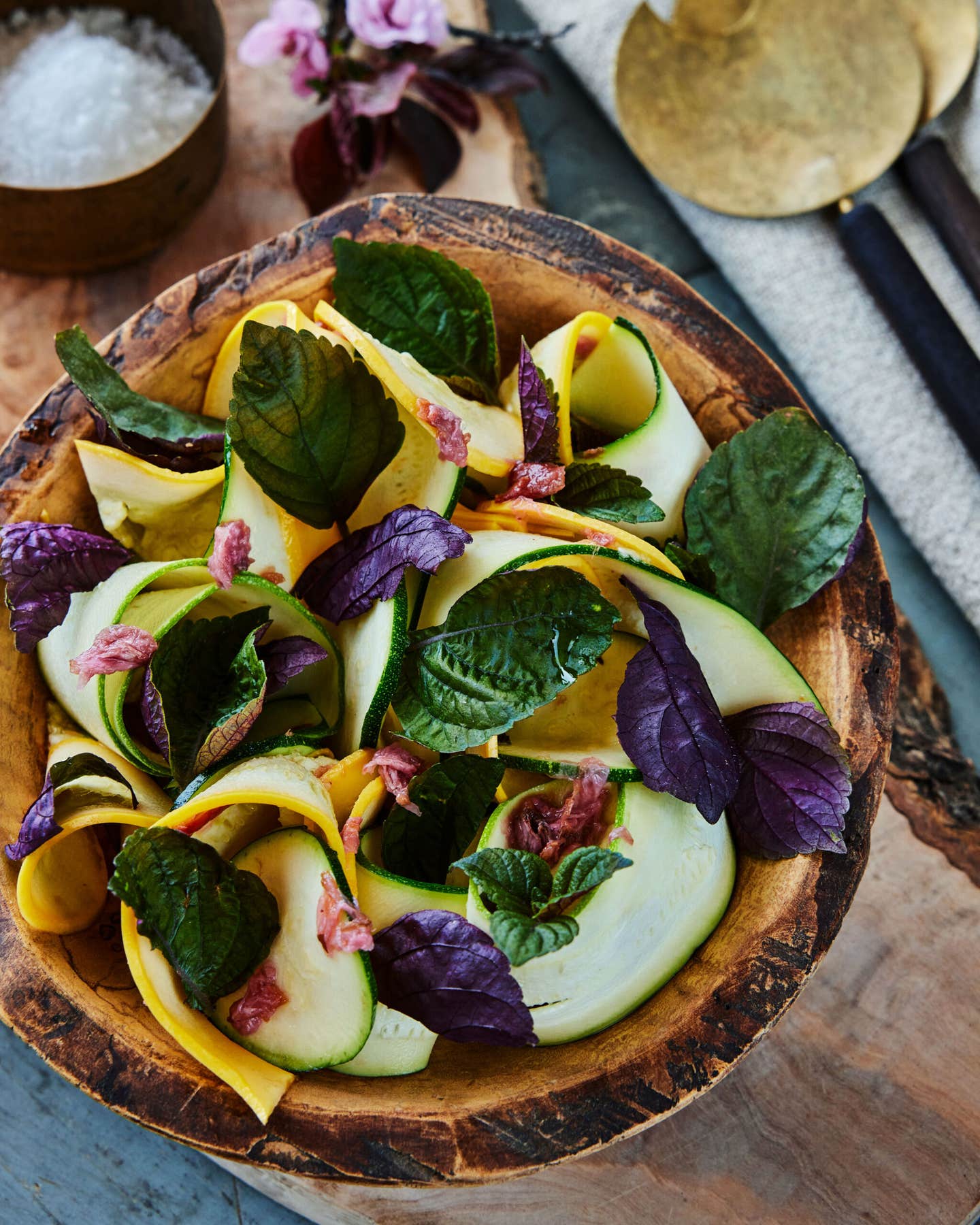
What’s Nordic Cooking Have to Do with New Orleans?
Magnus Nilsson finds echoes of home at a New Orleans boucherie
Magnus Nilsson's new 750-page Nordic Cookbook and a New Orleans boucherie have more in common than you'd think. Both celebrate a region's culture through food. Both look to the past to make sense of the present. And both explore the community's role in preserving prized meals and culinary traditions.
Nilsson's latest book is a compendium of Scandinavian home cooking pulled straight from the source: home cooks themselves. If he lived in New Orleans rather than Scandinavia, the boucherie, a morning celebration based around the slaughter of an animal, would certainly have made an appearance in his research. Nilsson was stateside for a week last month, away from his Michelin-starred restaurant Faviken, promoting his book's release. He joined forces with Dinner Lab to bring some of the book's flavors to the public. The collaboration took him to six cities in seven days, and New Orleans was one of them, where he was able to sample some of the typical dishes at a boucherie: boudin (a seasoned pork and rice sausage), chow chow (a tangy slaw), and frassieurs (stew made from organ meats).
Boucheries have been part of southern Louisiana's Acadian culture for generations. "It's the perfect example of what community is in the Cajun and Creole culture," says Toby Rodriguez. Rodriguez is the creator of and head butcher for Lache Pas Boucherie et Cuisine, an organization that brings the boucherie tradition all over the world. "I spoke to grandmothers and grandfathers in Southern Louisiana to learn about this tradition," says Rodriguez, a Louisiana native who remembers attending boucheries with his dad as a kid, "and what I've done is create a greatest hits collection from what I learned." It's awfully similar to Nilsson's "meeting, interviewing, and eating with people in their homes, photographing and photocopying recipes, sniffing around the gastro-cultural underbrush."
A boucherie starts early and can last all day. It's spent preparing the animal, very often a pig, in various ways, and it culminates with a multi-course meal, something Nilsson also knows well. "Very few younger people were doing it," Rodriguez says, "and there was little documentation and recording of those traditions. There was a possibility of preserving something that was dying and I wanted to play a part in that."
Nilsson shares in this sentiment, which is why he spent three years visiting home cooks in Nordic countries and amassed 700 recipes for his book. "The important thing is to record tradition so you don't forget it," Magnus says. Bone & Seed, a web extension of Dinner Lab, made a video about Nilsson's boucherie experience. Give it a watch below.
Keep Reading
Continue to Next Story










